|
As I began thinking about this blog post, I was drawn to an article reporting that Dictionary.com has just announced their word of the year - “misinformation.” As I reflect on what I have experienced in the news, media, social networks, and personal conversations throughout 2018, I feel as if “misinformation” was a great choice. Dictionary.com defined their choice as different from another word that might have been fitting - “disinformation” - as follows. Misinformation - “false information that is spread, regardless of whether there is intent to mislead.” Disinformation - “deliberately misleading or biased information; manipulated narrative or facts; propaganda.” The difference between the two words is the intent of the one disseminating the information. Spreading false information unintentionally is called “misinformation,” while the intentional spread of false information is “disinformation.” But what does this have to do with OER? I’m glad you asked. As I have begun studying Open Educational Resources (OER) over the last year, I have come across many examples of misinformation. For example, at AECT this year I asked a fellow attendee how he felt about his first Breakfast of Champions. His response was, “Well … I learned that Open doesn’t have to be free.” This was misinformation. Despite the fact that many people can’t agree on a singular definition of “open” most can at least agree it means “free.” However, the use of the term “open” seems to have suffered from years of misinformation, as no one really seems to know what the word means when used as an adjective to describe some realm of OER outside of content. (And even then the use can be a bit hazy.) I recommend that those using the word “open” recognize Wiley’s Law when doing so. It is with this concept in mind that I present to you the OER Word of the Year for 2018 (and possibly the foreseeable future)! Ladies and Gentleman, I give you… Merriam-Webster defines the word as “a broadly inclusive and often oversimplified thesis that is intended to cover all possible variations within an area of concern.” And Dicitonary.com defines the word as “a proposed explanation intended to address a complex problem by trying to account for all possible contingencies but typically proving to be too broadly conceived and therefore oversimplified to be of any practical use.” This is the current state of the word “open” as used in reference to many activities related to education. For example, “open-pedagogy” is term that dates back to the 1970s. This means that it pre-dates the “openness” that is afforded through the use of the internet, i.e., the openness that makes OER possible, the openness that helped spur the creation of Creative Commons licenses. The term “open-pedagogy” can mean:
(TL;DR too many dang things, “open pedagogy” is a panchreston) Did you know that by reading this blog post you are participating in some form of open pedagogy? Because “open pedagogy” has become a panchreston, David Wiley has proposed a new term to use as part of the OER landscape that does not have the baggage of “open pedagogy.” That term is “OER-enabled pedagogy.” Wiley (2018) defines OER-enabled pedagogy as “the set of teaching and learning practices that are only possible or practical in the context of the 5R permissions which are characteristic of OER.” This means OER-enable pedagogy allows for the creation of assignments and instruction that can be:
This new term clarifies what pedagogy looks like in the world of OER. But, it has caused me to wonder what other OER-enabled practices would look like. In a previous post, I mused about the landscape of OER, and what it looks like in terms of what kind of OER currently exist. I used similar categories to define OER-enabled practices. The following graphic summarizes my thoughts concerning OER-enabled learning objectives, OER-enabled assessments, OER-enabled credentials, OER-enabled pedagogy, and OER-enabled content.
0 Comments
Reading about Open Educational Resources (OER) suggests that they consist of several elements of “high-quality teaching, learning, and research materials” that are free for people everywhere to use and repurpose (Hewlett Foundation). In thinking about what these “materials” may consist of, I thought of five different resources that impact teaching, learning, and research. These 5 categories are as follows:
This list came partly from looking at the traditional process of backward design for creating instructional materials, which looks something like this. In the above image you can see that creating instructional materials usually begins with determining what it is that students need to learn. Next, instructors must determine how reaching the learning objectives will be measured. This step is completed through creating assessments that measure mastery of the learning outcome. Lastly, instructors create the materials and uses of those materials that will help learners perform well on the assessments. For the sake of OER, I have divided materials and pedagogy into two different categories. I also added the category of credentials because it is important to have a way to signify that learners have met the requirements of a learning objective. In traditional non-open educational avenues these credentials are usually diplomas, degrees, and certificates. I wonder if there is an open equivalent (maybe badges?) to these credentials. From looking at readings and definitions about OER it seems that the OER landscape is mostly made up of open materials. Here is what the landscape seems to look like to me. Here are some of the ideas from Hewlett’s definition of OER that led me to this view.
Despite Hewlett’s diverse view of OER, it seems like the research that focuses on OER (based on a sample taken from section 5 of the readings available at https://openeducation.us/2018/course-readings/) mostly focuses on textbooks and content resources. This research makes it seem as though, at least in the literature, the field of OER is focused more heavily on creating materials than it is on developing objectives, assessments, credentials, or pedagogy. I expect that objectives, assessments, credentials, and pedagogy may (out of necessity?) be included as part of some open content materials, but they do not seem to be developed and made available separately. So after two weeks talking about CC licenses that do not allow derivatives, I’m still confused. I even read the CC ND license information, both the for humans and for lawyers part, it did not clarify a lot. So I decided to make a game called “Is It Derivative.” To play with my class. I know the answers to some of these, and others I have no clue on. So I want to get their opinions. I plan to update this blog once I know all of the correct answers.
To play the game, one must pretend that all of the images or text on the left are licensed with a CC ND license, then decide if the creation on the right can be legally shared with others or must remain part of a private collection. Here are the slides for the game. Note: I do not have rights to any of the images used in the slides, except for the “Is It Derivative” logo, which I might not be able to claim rights to anyway, due to maybe being derivative. https://docs.google.com/presentation/d/1FP6XLAu7tKv95iA5m1ixRxwCnPmedOC2EOBac3Yk4tg/edit?usp=sharing We had a really good discussion in class this week about how CC Licenses seem like great ideas, so why wouldn’t someone want to use them. The primary reason would be that people want to make money off of their created works. However, barring that reason it is hard to understand why someone wouldn’t use a CC License. I did some digging and found this article from a 2016 Small Business Trends website. It listed 5 expensive reasons not to use CC Licenses, but some of the reasons seemed to be based on some misconceptions or alterations of truth. We discussed these in class, and I decided to make a simple poster that summarized our conclusions about the misconceptions. Here is the poster. 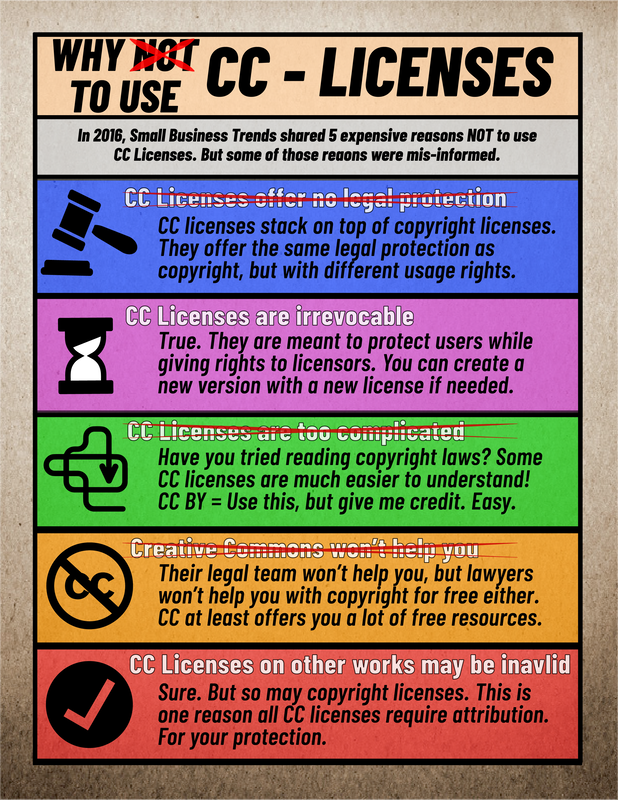 The above image, “Why to Not NOT Use CC Licenses” by Cecil R. Short is licensed under a Creative Commons Attribution 4.0 International License. Some of the icons in the image are from the Noun Project. Gavel, Created by Scott Dunlap, from the Noun Project, using a CC BY license. Hourglass, Created by Creative Stall, from the Noun Project, using a CC BY license. Complex, Created by Marie Van den Broeck, from the Noun Project, using a CC BY license. I have to admit that the more I learn about copyright the more frustrated I seem to become with it. I used to think that copyright wasn’t too overbearing, it just lasted too long. However, the more I learn about the restrictions that copyright places on use, even fair use, the more ridiculous copyright laws seem to be. The most infuriating thing I learned this week about copyright is the ways in which new copyright laws impact Fair Use. Fair Use is the idea that even though a work may be copyrighted, that copyright has certain holes in it that allow for people to freely use the work under certain conditions. James Boyle, in his book The Public Domain compares this view of copyright to swiss cheese, and reminds us that “that the holes matter as much as the cheese” (2008, p. 65). I think this is a good metaphor because these these holes were not removed in order to save some pieces of the cheese for others. Rather the holes exist in the very making of the cheese. Likewise, when copyright is enacted to restrict use of material, it automatically has some holes in it that allows some uses to slip through. These fair use “holes” allow for the following free uses of a copyrighted work … or at least they did until 1998 and the Digital Millennium Copyright Act (DMCA). 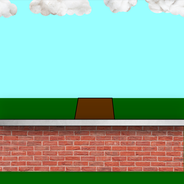 The Swiss Cheese Metaphor no longer works in the world of the DMCA because the DMCA found a way to restrict fair use. So I present another metaphor, one of traveling down a path. Copyright creates a monopoly over the path (the resource) that someone would like to use. This means that if I want to go beyond the wall of a copyrighted work I have to pay for access to it. 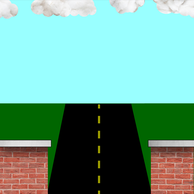 Luckily, fair use says that I can have access under the circumstances previously listed. This opens the wall and gives me a road to travel down, so long as I don’t leave the road. However, that changed with the DMCA. Under the DMCA, I can only use the road IF THE ROAD IS UNPROTECTED. If the owner of the copyright has taken measures to protect that road, usually through some kind of encryption, then I cannot use the road. And it doesn’t matter how easy or difficult it is to get past the protection, if the protection is there, then fair use of what lays beyond it is restricted. The Authors Alliance explains it this way: “In 1998, Congress enacted the Digital Millennium Copyright Act (the “DMCA”), which includes a provision, Section 1201, that makes it illegal to circumvent technological protection measures (like digital rights management, or “DRM”). Section 1201 makes it incredibly difficult for authors to make fair use of many digital works because breaking the DRM may be illegal, whether or not the use is fair. For example, if an author were to create an e-book that commented on a video clip from another work, the author might not be able to rely on fair use to incorporate a copy of the DRM-protected video clip in his or her work.” (Read the rest at https://www.authorsalliance.org/2018/03/02/fair-use-and-the-digital-millennium-copyright-act/) So, regardless of whether there are many strands of razor wire … … or only a single, easily clipped strand of razor wire, if a copyright holder has taken any precautions that protect their digital media, then that media cannot be considered fair use. I believe we need to get back to allowing the fair use freedoms that are intended to be included with copyrighted works. Copyright is meant to have holes, we cannot allow copyright holders to say “Sure you are allowed to have access to my work for fair use, but only the parts I want!” Doing so is a restriction of our creative freedoms.
|
About
This blog presents thoughts that Cecil has concerning current projects, as well as musings that he wants to get out for future projects. For questions or comments on his posts, please go to his Contact page. Archives
April 2024
Tags
All
|
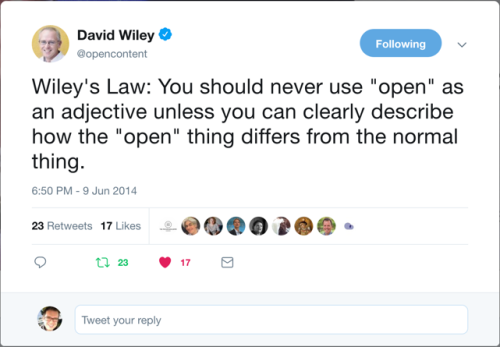
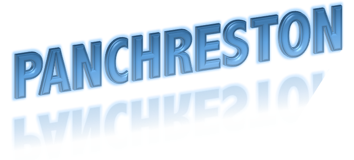
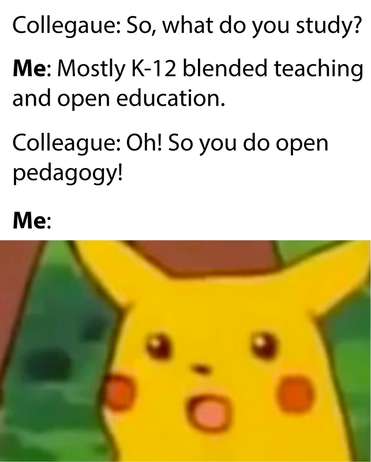
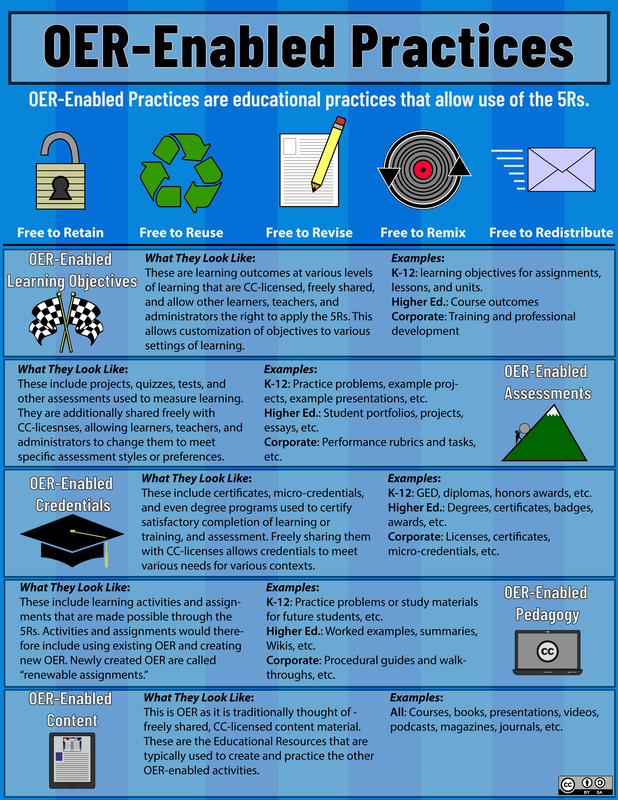
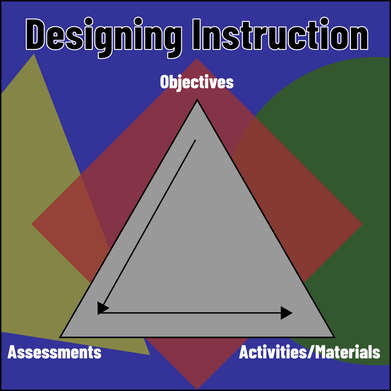
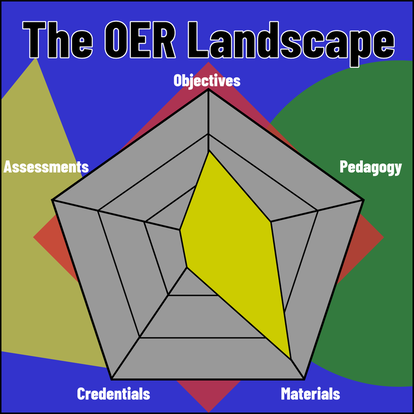
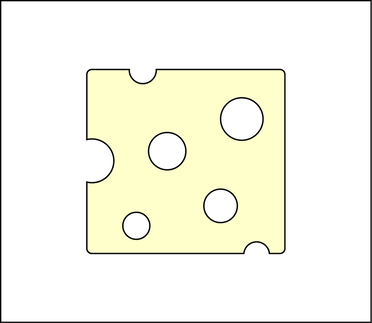
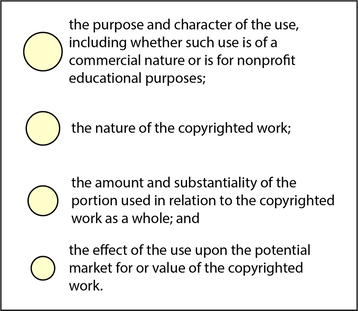
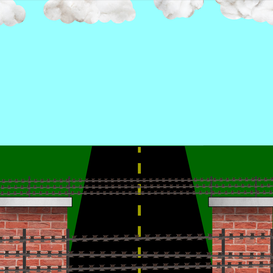
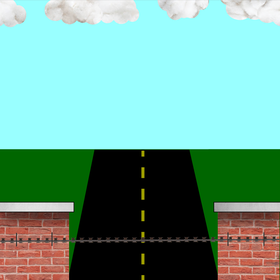
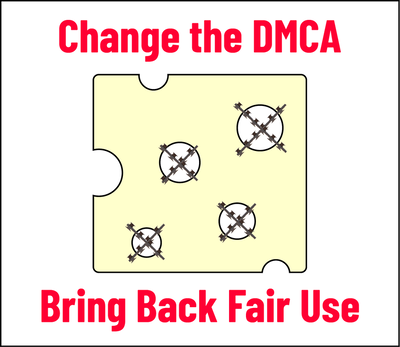
 RSS Feed
RSS Feed
